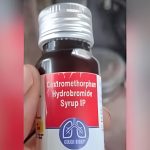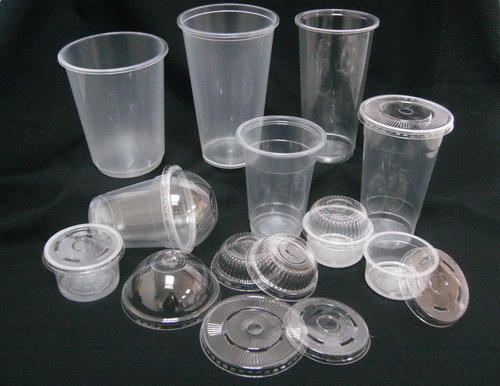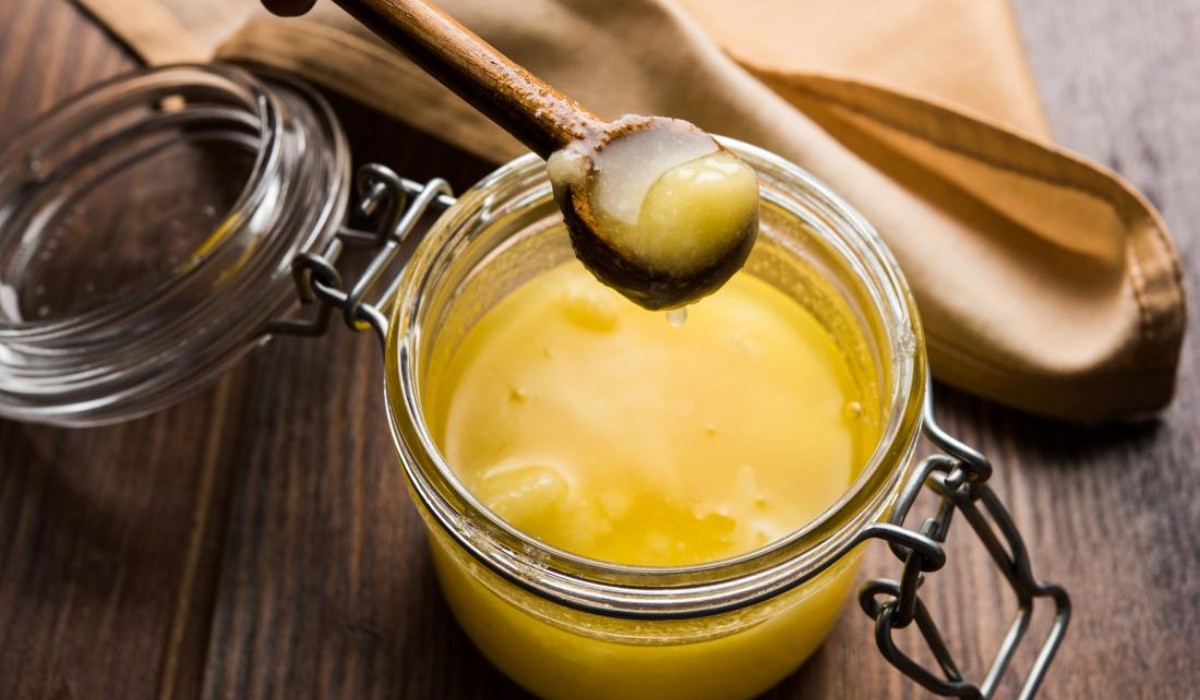Plastic containers may bear the same label but be made differently, so what makes a safe container?So Lets finds out the answers to seven questions on the plastics that hold your food and beverages.
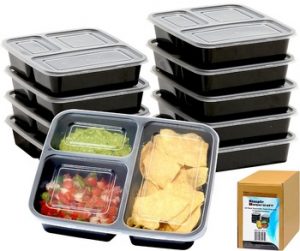
WHAT’S IN MY CONTAINER?
Disposable food containers are generally made of plastic resins mixed with some additives. Additives are chemical substances that could improve the performance of the plastic by, for example, making it more flexible, or improve its physical appearance.Some of these additives are added if the disposable box is designed to hold high-temperature food.As for the container’s main ingredient, the resin identification code at the bottom of some containers — in the middle of the recycling logo — lets you know what type of plastic it is. Here is what the numbers mean:
- 1 Code : Polyethylene terephthalate (PET)
- 2 Code : High-density polyethylene (HDPE)
- 3 Code : Polyvinyl chloride (PVC)
- 4 Code : Low-density polyethylene (LDPE)
- 5 Code : Polypropylene (PP)
- 6 Code : Polystyrene (PS)
- 7 Code : Polycarbonate (PC) and other plastics
WHICH TYPE OF PLASTIC IS THE SAFEST?
It depends on what the container is being used for, such as hot food or food to be microwaved. Consumers should choose the correct plastic for their intended use, and this applies to reusable containers too
If your container is (going to be) consistently heated, you might want to look at a heat-resistant, reusable plastic container. Polypropylene (Code 5), for example, is the most suitable for microwaving because of its resistance to heat.
There are also containers designed to be put in the fridge and freezer, such as high-density polyethylene (Code 2).
Some disposable plastic containers, (if) put in the freezer, will very likely crack because they’re not designed to work at extreme temperatures
IS IT SAFE TO USE DISPOSABLE CONTAINERS FOR PIPING HOT SOUP?
If hot soup is poured into a container that is not made for such high temperatures, the plastic will deform immediately.
Containers that are safe for the microwave would feature the label but may also include instructions to remove the cover first.
CAN I REUSE DISPOSABLE CONTAINERS?
They are recommended for one-time use. “They are safe for their immediate intended purpose but not beyond what they are designed for,” the Singapore Food Agency (SFA) states on its website.
If you must reuse disposable plastics, then a “like-for-like” approach is important.This means refilling a container of bottled water with water instead of, say, coffee.
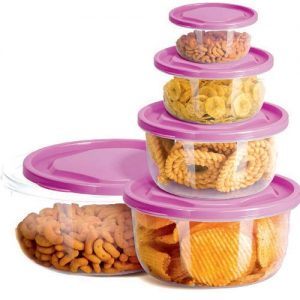
Discolouration in a particular area could mean it was overheated. After repeated use, the takeaway container’s texture could change and become harder or softer. These are signs that it has gone beyond the limits of the plastic formulations.
If you ignore all these signs and continue using the plastic container, you’d be taking the risk of accumulating more of these chemicals than you’re exposed to normally.
While it is important to be environmentally friendly, there is “no point” in using disposable containers inappropriately.
Instead of risking chemicals from these containers leaching into one’s food or beverage, consider reusable containers with at least the plastic identification code and a food safety label.
WHAT IF A REUSABLE AND A DISPOSABLE CONTAINER ARE BOTH POLYPROPYLENE?
Although the labels indicate the same code, the plastic formulations could be very different. As reusable containers are design to resist certain physical cleaning.
The manufacturer could have added some acid resistance, some oil resistance as well. For the disposable container, the manufacturer might not add in too many of these additional functions.
WHAT ARE THE REGULATIONS ON FOOD CONTAINERS?
For instance, food containers “capable of imparting lead, antimony, arsenic, cadmium or any other toxic substance to any food stored, prepared or cooked in it” are not allowed.
The SFA does not grant pre-market approval for food containers.
“It is also the responsibility of the food manufacturer and trader to ensure that the food-contact articles used for storing or for commercial packing of their food do not migrate any harmful substances into the food,” the agency stated online.
SHOUD I BE WORRIED ABOUT INGESTING MICROPLASTICS WHEN DRINKING BOTTLE WATER?
The dose and level of exposure are important. When scientists conduct toxicological studies, they generally test at an “extreme level” to see the worst that could happen.
“From a usual day-to-day exposure (to the) extreme level, we often have (a difference of) about 100 to … a million times the concentration.”
The accumulation of some compounds — for example, at “very extreme” experimental-level doses of the trace metals that may be found in plastics — could lead to major toxicities and affect the central nervous system.





